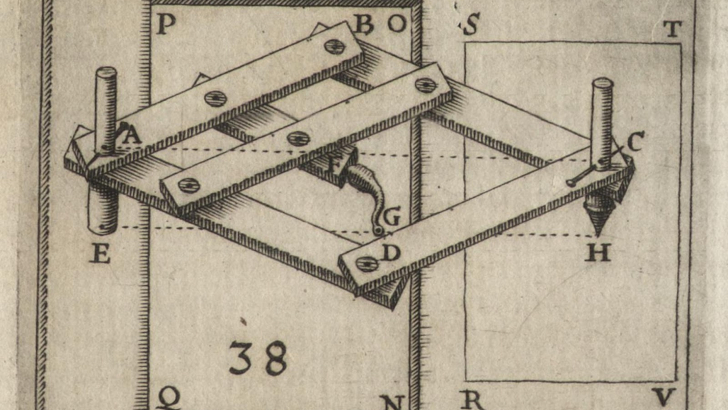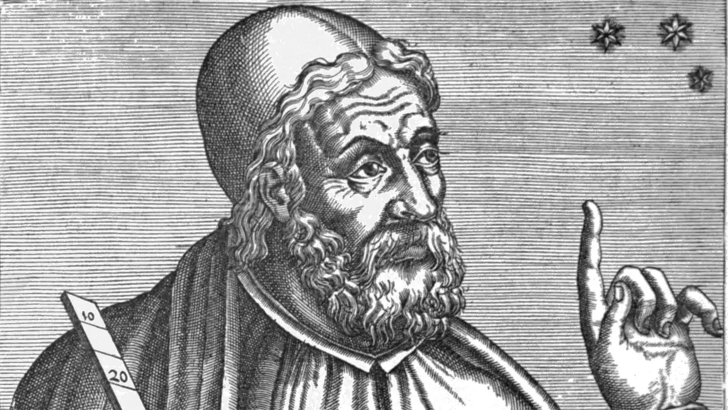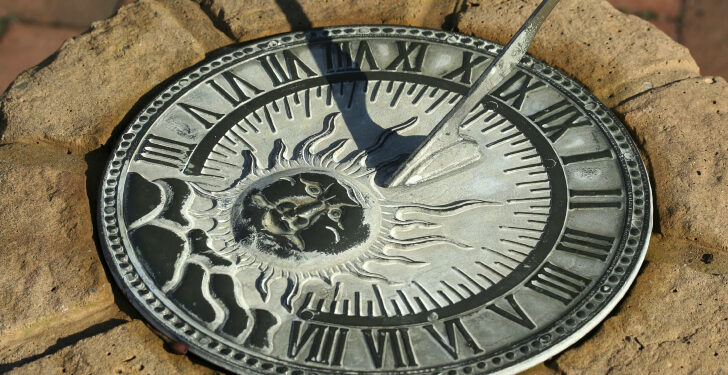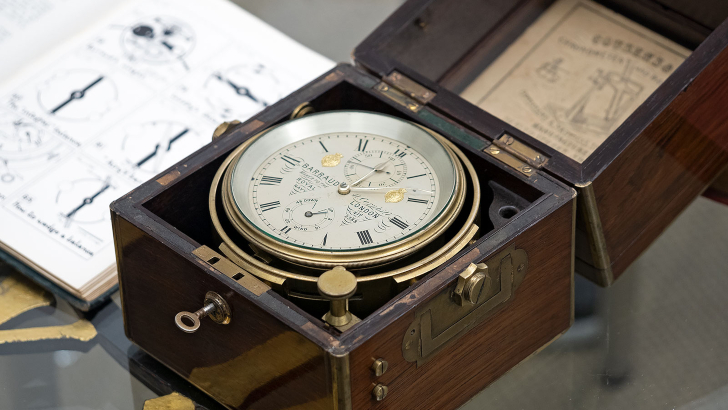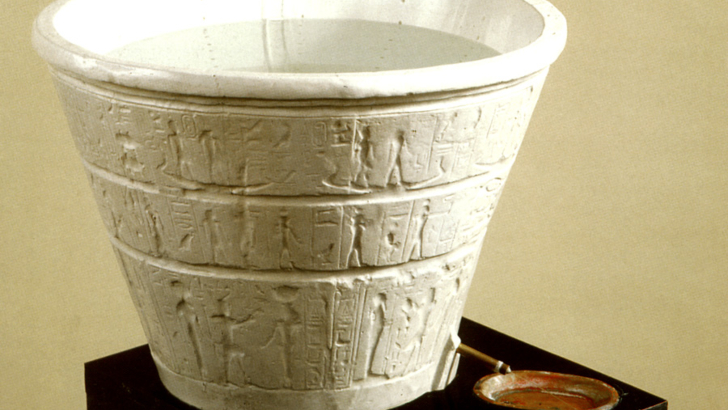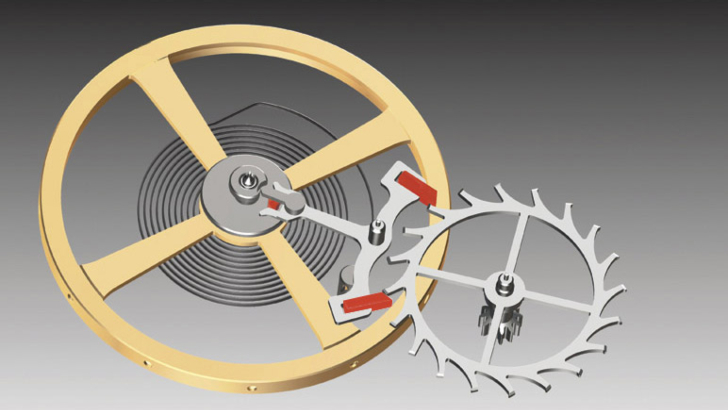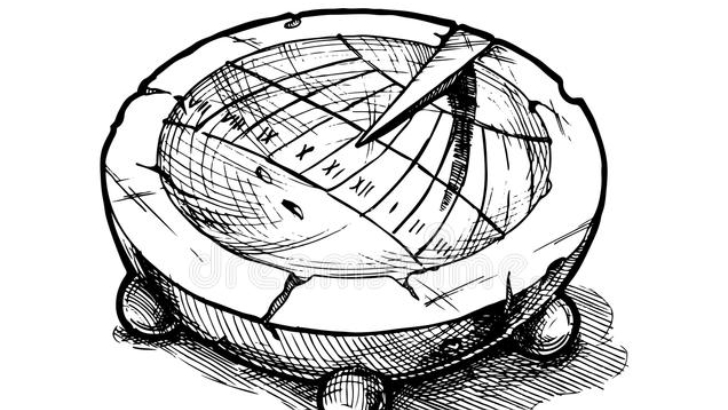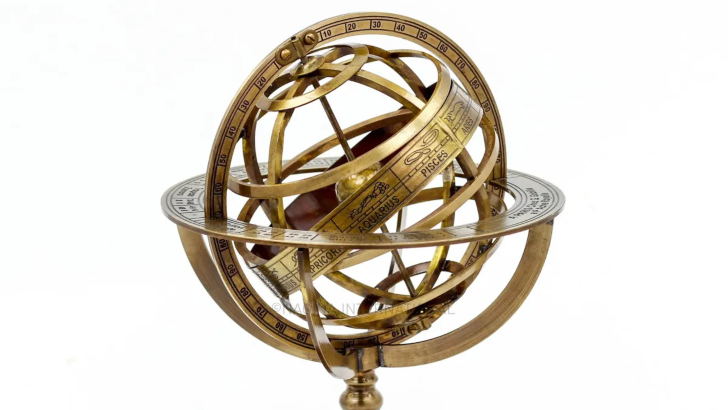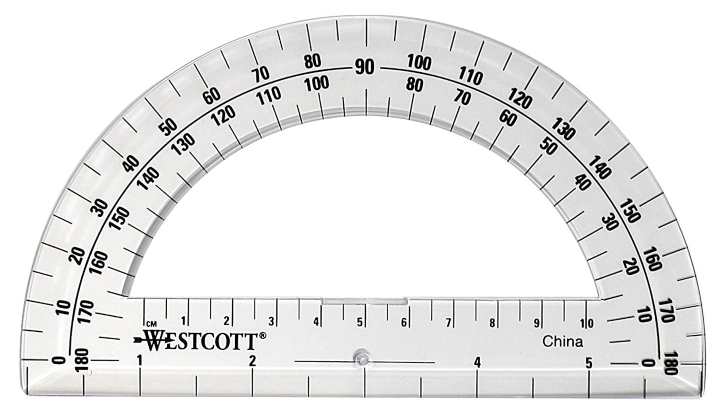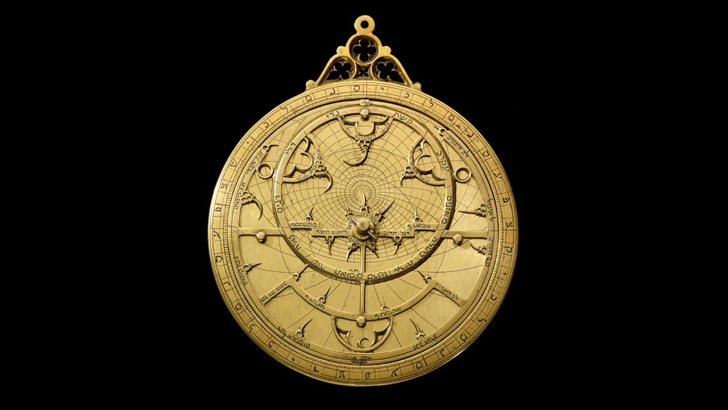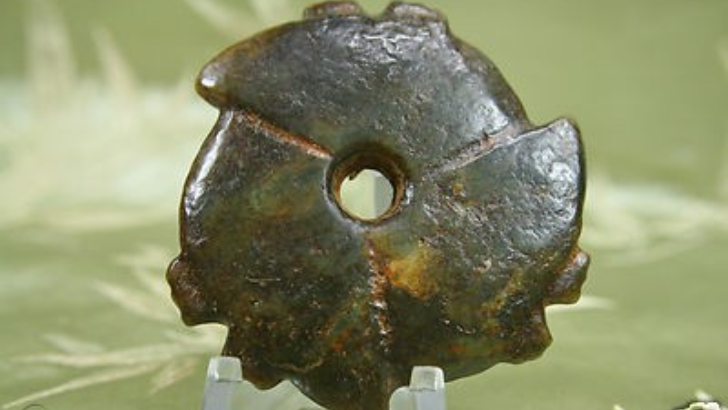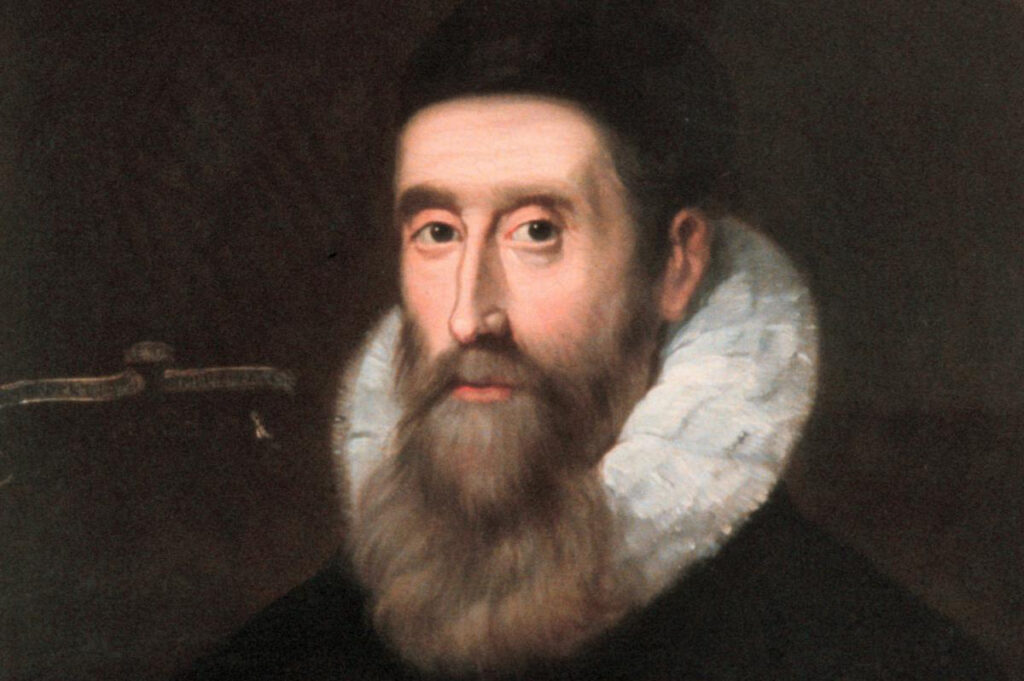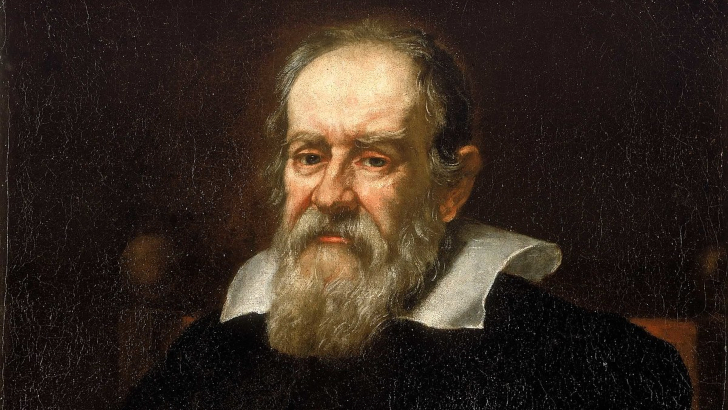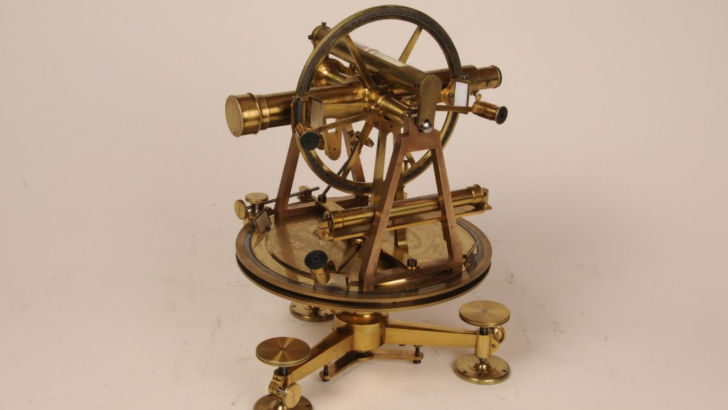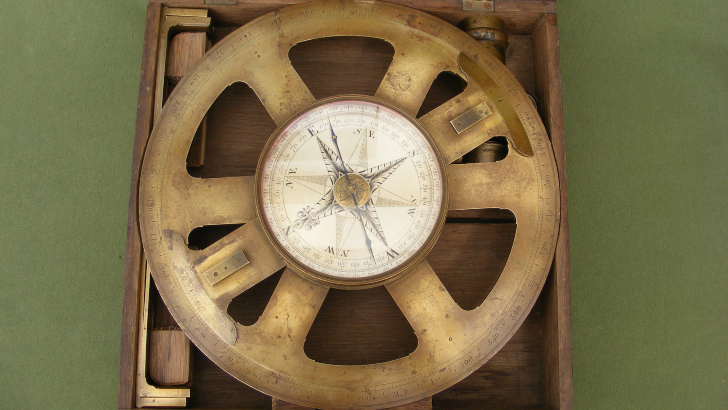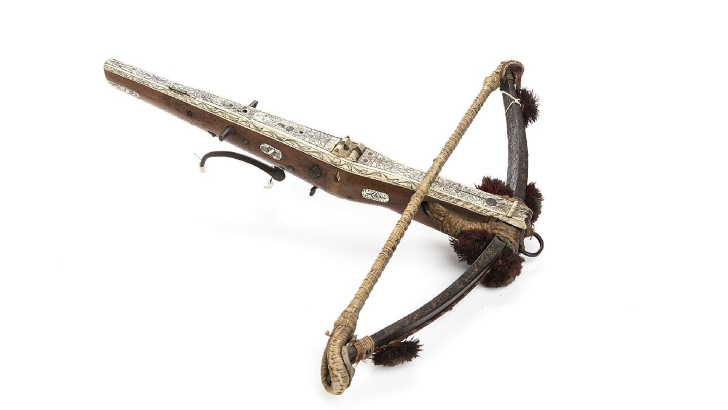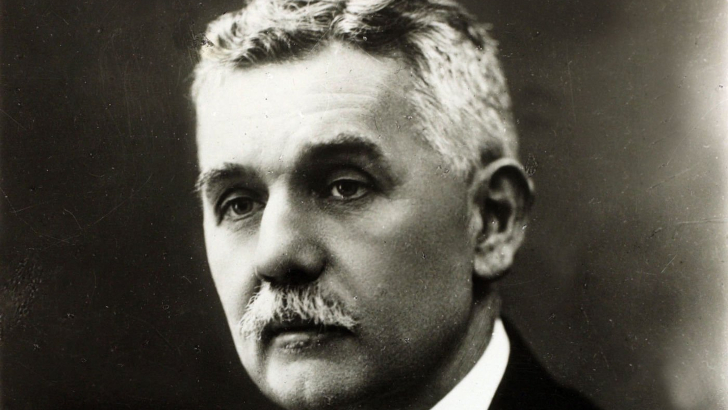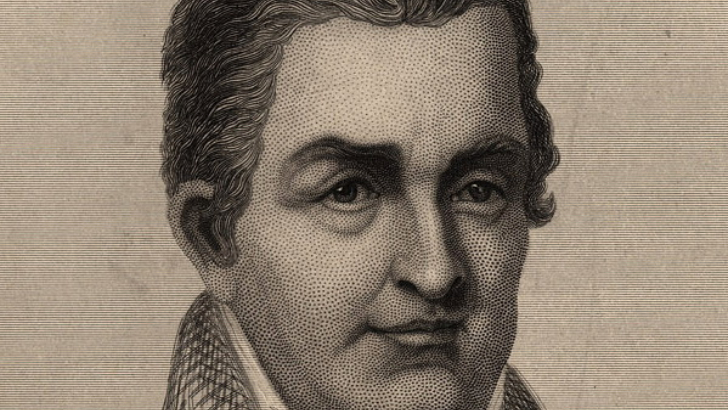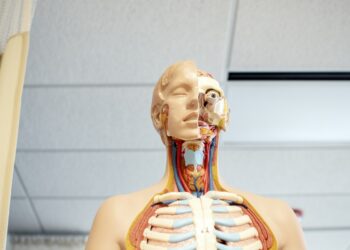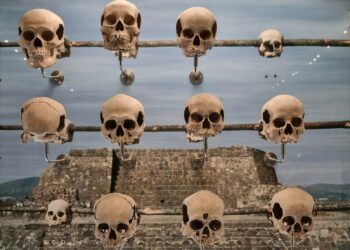The 1950s, when rock and roll, doo-wop, swing, pop, rhythm and blues, country, and rockabilly revolutionized music, were an undeniably significant and significant decade in music history.
Are all of these musicians from the 1950s familiar to you? Put your trivia knowledge to the test already! Let’s start now.
Which instrument, invented in 1603 by German astronomer Christoph Scheiner, was used for copying a drawing on an enlarged or reduced scale in a given ratio?
Pantograph
A pantograph is a mechanical linkage connected using parallelograms to produce identical signs in a second pen when one pen moves while tracing an image. If the first point sketches a line drawing, a pen attached to the other will draw a similar, enlarged, or miniature version of it.
In the 16th century, what English invention was used to measure ship speed?
Log
A chip log, also known as a standard, ship, or log, is a navigation tool used by mariners to estimate a vessel’s speed through the water. This measurement method gave rise to the term knot, which means nautical mile per hour. Logs are all navigational instruments that measure the speed of a ship through water. This term dates back to the days of sail when sailors would throw a log attached to a rope knotted at regular intervals off the stern of a ship.
Which astronomer, mathematician, and geographer created the universe’s geocentric (Earth-centered) model?
Ptolemy
Mathematician, astronomer, astrologer, geographer, and music theorist Claudius Ptolemy produced several scientific treatises, three of which significantly impacted science in Byzantium, Islam, and Western Europe. The Almagest, an astronomical treatise that was formerly known as the Mathematical Treatise and later The Greatest Treatise, is the first.
Which shadow clocks have a flat area with a raised crosspiece at one end?
Sundial
A sundial is a horological device that uses the Sun’s apparent position in the sky to determine the time of day when direct sunlight shines. Its basic form is a flat plate with a gnomon casting a shadow on the dial. The shadow of the Sun moves across the sky, aligning with various hour-lines marked on the dial to indicate the time of day.
Which of the following is an accurate, portable timekeeping device often used for determining longitude at sea?
Chronometer
A timepiece or timing device that features a unique mechanism for maintaining and adjusting accuracy is suitable for calculating longitude at sea or for any other application that calls for precise time measurement.
Which of the following is an ancient device for measuring time through the gradual flow of water?
Clepsydra
Any timepiece that keeps track of time by controlling the amount of liquid flowing into or out of a vessel and measuring it is a water clock, also known as a clepsydra. Among the earliest timekeepers are water clocks. Around the sixteenth century BC, it is known that Babylon, Egypt, and Persia all had water clocks with bowl-shaped outflows, which are the most fundamental.
What part of a watch or clock’s mechanism regulates the power flow from the power source to the counting mechanism?
Escapement
In mechanical watches and clocks, a rotating bezel is a mechanical linkage that periodically releases the gear train, allowing the clock hands to advance and the timekeeping mechanism to receive impulses. The impulse action sends power to the clock’s timekeeping element, usually a pendulum or balance wheel, to restore the energy that frictional loss friction during its cycle and keep the timekeeper oscillating. The escapement is affected to pressure from a coiled spring or suspended weight, afterward transmitted to the watch’s gear train.
What kind of sundial features a hollow sphere-shaped gnomon that casts a shadow on it?
Scaphe
Aristarchus of Samos the credit with inventing the scaphe, a sundial. There are no original works by Aristarchus still in existence, but the image below is a representation of what it might have looked like; only his would have a creation of the stone. It consists of a hemispherical bowl with a vertical gnomon inside.
Which of the following was an early astronomical device used to represent the great circles of the heavens?
Armillary sphere
An armillary sphere represents celestial objects (on the celestial sphere) made rings that form a spherical framework with the Earth or the Sun at their center and serve as the celestial equivalents of longitude and latitude lines as well as other critical astronomical features like the ecliptic. As such, it is distinct from a celestial globe, a smooth sphere with the primary purpose of mapping the constellations. It was invented independently in ancient China in the 4th century BC and ancient Greece in the 3rd century BC, with later applications in the Islamic world and Medieval Europe.
A semicircular disk graduated in degrees from 0 to 180 is what kind of simple measuring device?
Protractor
An instrument for measuring angles is a transparent plastic or glass protractor. Protractors can be simple half-discs or complete circles. Like the bevel protractor, modern protractors have one or more swinging arms. That could make measuring angles easier. The majority of protractors measure angles in degrees (°).
What scientific instrument was widely used for time reckoning and observational purposes in Europe and the Islamic world beginning in the early Middle Ages?
Astrolabe
An astrolabe is a handheld universe model that had been in ancient astronomy. Its various functions also make it an elaborate inclinometer and an analog calculation device capable of solving multiple astronomical problems. Its most basic form is a metal disc with a pattern of wires, cutouts, and perforations that allows the user to precisely calculate astronomical positions. Astronomers have historically used it to measure the altitude of a celestial body above the horizon, day or night.
Which of the following Chinese jade varieties was discovered during the Shang and Zhou dynasties and might have served as an astronomical tool for charting the positions of the stars?
Xuanji
The Chinese jade form, Xuan Ji, Wade-Giles romanization hsüan-chi, was found in the Shang dynasties. It is a flat disk with a shape resembling the bi, but its outer edge is serrated irregularly with major and minor projecting teeth, somewhat resembling a circular saw blade. The cong, another jade object, and the Xuan Ji regard to be used as astronomical instruments to map the positions of the stars.
Which Scottish inventor invented logarithms, which allow an addition to replace multiplication and subtraction to replace division?
John Napier
John Napier of Merchiston, also known as Marvellous Merchiston, was a Scottish landowner who was an astronomer, physicist, and mathematician. John Napier is best known for inventing logarithms. He was Merchiston’s eighth Laird. He also made “Napier’s bones” and popularized using the decimal point in arithmetic and mathematics.
Who discovered the four main moons of Jupiter in 1610?
Galileo Galilei
Italian astronomer, physicist, and engineer Galileo di Vincenzo is a polymath. He went by the name Galileo, which pronounced. He was born in Pisa, which at the time belonged to the Duchy of Florence. The four large moons of Jupiter discovered by Galileo are known as the Galilean moons, thanks to his astronomical research and investigations into the Copernican theory, which have left a lasting legacy.
Which important surveying tool for measuring horizontal and vertical angles was invented by which English mathematician?
Theodolite
A theodolite is a precision optical instrument that measures angles between two points in the horizontal and vertical planes. Its traditional application has landed surveying, but it is also widely used in building and infrastructure construction, as well as some specialized applications such as meteorology and rocket launching. It comprises a moveable telescope that can rotate around horizontal and vertical axes and provide angular readouts.
What surveyor’s compass has diametrically projecting arms and can also be known as a “Holland circle”?
Circumferentor
Additionally known as a surveyor’s compass, a circumferentor is a tool used in surveying to measure horizontal angles. In the early nineteenth century, it substituted it for theodolite. A circumferentor is a circular brass box containing a magnetic needle that freely moves around a brass circle or compass divided into 360 degrees. A glass covering protects the hand.
Which newly developed weapon had prohibited use against Christians by Pope Innocent II’s Lateran Council in 1139?
Crossbow
A crossbow is a ranged weapon that employs an elastic launching device consisting of a bow-like assembly called a prod mounted horizontally on the main frame called a tiller, which is hand-held in the same manner as a long firearm’s stock. Why did the Pope outlaw crossbows? Banned by the Pope in 1139 as “deathly and hateful to God unfit to be used by Christians,” the crossbow had displaced mainly the longbow on European battlefields by 1300. Although much smaller than the longbow, the crossbow is a more powerful weapon.
Which French engineer and chemist discovered in 1910 that passing an electrical current through inert gases produced light and developed the neon lamp?
Georges Claude
Georges Claude was an engineer and inventor from France. He is best known for his early work on industrial air liquefaction, the invention and commercialization of neon lighting, and a giant experiment on generating energy by pumping cold seawater up from the depths. Some have referred to him as “the Edison of France.” Claude was an active collaborator with the German occupiers of France during WWII, for which he was imprisoned and stripped of his honors in 1945.
Who invented an automated production line for a grain mill in 1784 at the age of 29 years old?
Oliver Evans
American inventor, engineer, and businessman Oliver Evans raise in suburban Philadelphia after beginning his career in rural Delaware. He was a proponent of high-pressure steam and one of the first Americans to build steam engines (vs. low-pressure steam). A forerunner in automation, material handling, and steam power, Evans was hired in 1783 to supervise the construction of a mill on the Red Clay Creek in Newport that two of his brothers were building on land they had acquired from their father. Early in the 1780s, Evans’ focus shifted to the flour milling sector, which was booming in the rapidly industrializing northern Delaware.
Which American statesman and inventor put a lightning rod on his property to test his theory that the tall metallic rod would attract lightning?
Benjamin Franklin
Benjamin Franklin was also a political philosopher from the United States and was a writer, scientist, inventor, statesman, diplomat, printer, and publisher. Among his many inventions are the lightning rod, bifocals, and the Franklin stove. Franklin invented the lightning rod as a result of his electrical experiments. He claimed that conductors with sharp, rather than smooth, points could discharge silently and over a much greater distance.
You failed the quiz, but don’t feel sad! ☹️
We know you did your best, try harder next time.
You got an average score! 🤔
You will surely pass next time.
You ace this quiz. INCREDIBLE! 😱
You’re a real science genius!
[giveaway id=12098]
